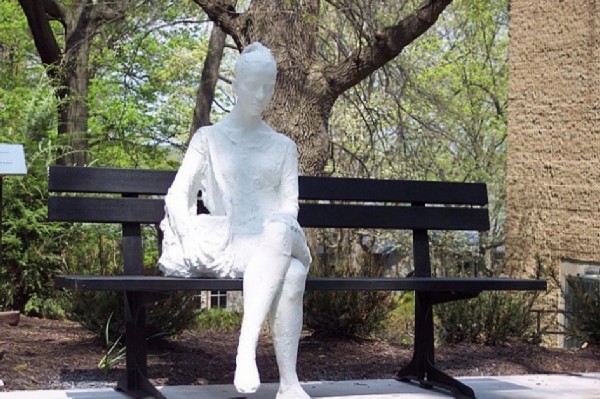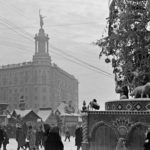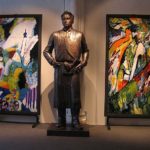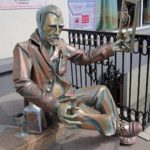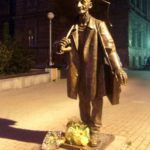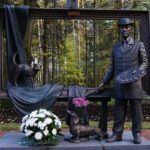George Segal – an outstanding artist and “sculptor of white people”
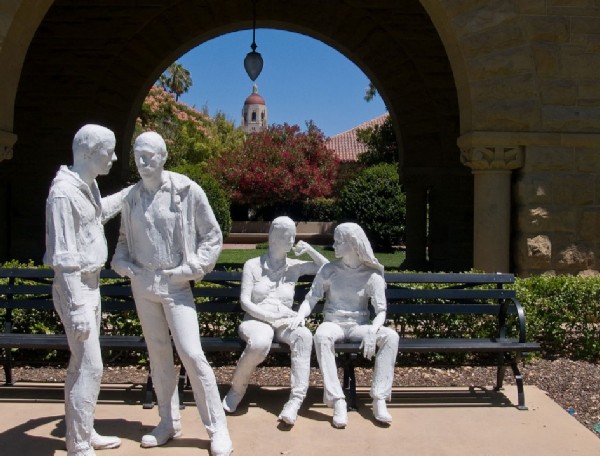
George Segal is an outstanding representative of the pop art movement, a great avant-garde sculptor from the USA. George Segal became the founder of a new form of avant-garde art – environmental art, and his work was absolutely innovative for the 20th century. The sculptures and paintings of the maestro bear the imprint of the bright personality of the master. Some of the masterpieces also reflect elements of the biography of George Segal.

George Segal is best known for his snow-white plaster figures and compositions that unite object and space into one. In his monumental works, Seagal often reproduced everyday situations: a queue, people at a bus stop, a restaurant. A certain theatricality is inherent in the compositions – many look like a mise-en-scene. In his work, the master often used completely unusual objects and techniques. For example, he made casts for figures from the bodies of models using strips of fabric and ordinary medical plaster. Today, these sculptures adorn the halls of the most famous museums.
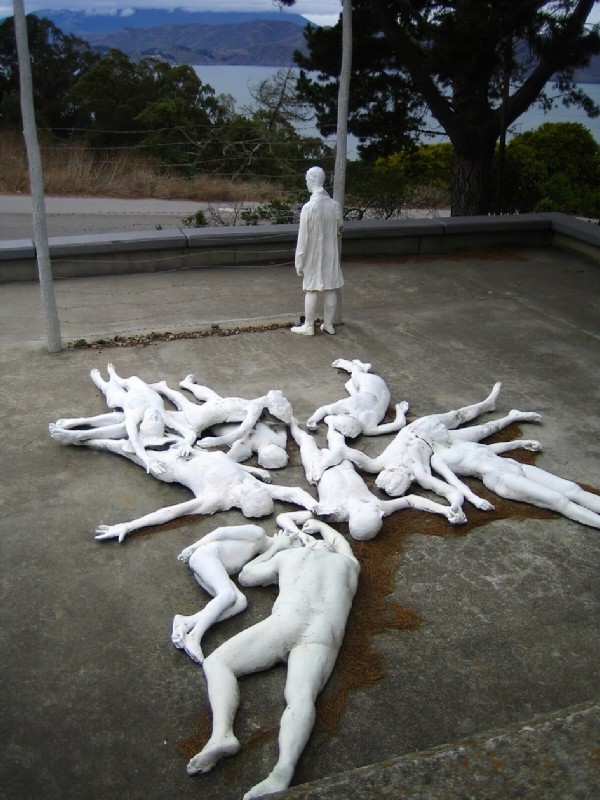
Biography
The master’s parents owned a poultry farm, where the boy, and then the young man, worked, while learning the basics of painting. Love for her was instilled in the future sculptor by one of the teachers at Stuyvesant High School.
Then Segal graduated from several schools of art, studied for four years at one of the oldest universities in New Jersey – Rutgers. Then, from 1947 to 1948, he studied design science in Brooklyn. After that, in 1949, he became a bachelor, and then a master in art at New York University. The diploma gave him the right to conduct teaching activities.
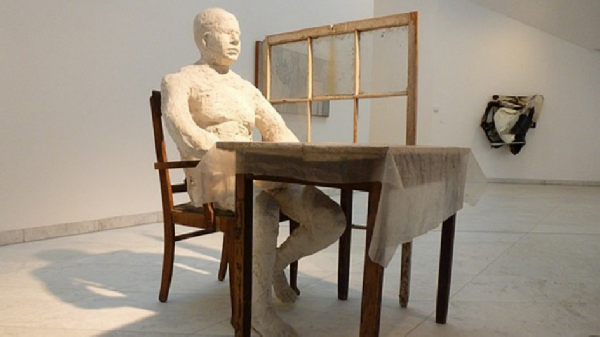
This profession came in very handy when my parents’ chicken farm went bankrupt. From 1955 to 1964, Segal was engaged in lecturing students. Even during his studies, the maestro managed to acquire a soul mate, and also met the outstanding artist Allen Kaprow, a pioneer of performance art. This acquaintance had a huge impact on the work of the master. Edward Hopper, an American painter and printmaker, also had a hand in shaping the sculptor’s views on art.

George Segal ‘s first solo exhibition took place in 1956 at the Hansa Gallery in New York.
Since the early 1960s, the artist has been actively working with plaster and bandage sculpture. They say that the episode when a student put a plaster cast on him served as a kind of impetus for this. The maestro abandoned painting and devoted himself entirely to sculpture. His first model was his wife Helen. They say he literally encased her in a cocoon of bandages.
It took the master two years to master the technique he invented and bring it to perfection. He makes figures out of plaster and bandages, trying to preserve the naturalness of the original and trying to convey with their help ordinary life, typical situations, but at the same time strengthening their psychological component.
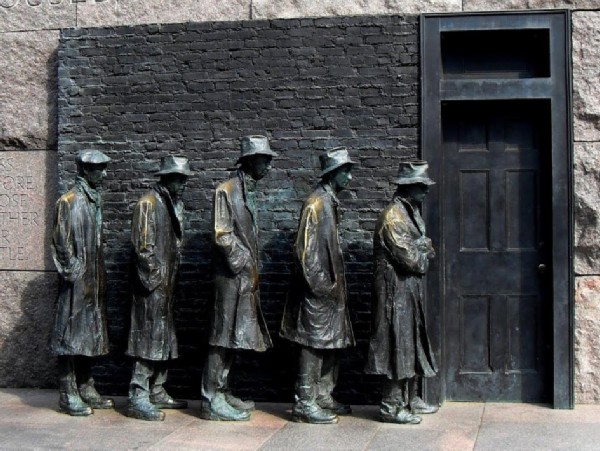
Seagal practiced on friends and acquaintances, using the same bandages and plaster, which he chose for their cheapness and plasticity. The maestro covered the model with bandages impregnated with a special composition, and then with plaster. Oily Vaseline was applied to hair and skin for protection. After the entire structure had hardened, Segal split it and carefully removed it. The master gradually made casts from different parts of the body, and after the completion of the process, he folded them into a whole figure.

It should be noted that Seagal experimented a lot with materials.
He worked with canvas, wire, made mannequins. But he finally settled on the choice of bandages and plaster. In 1961, The Man at the Table was created. Perhaps this composition marked the appearance of the environment. It was the man who became the axis, the main character in the masterpieces of the master. He did not try to embellish people or give them unnatural features. These snow-white sculptures were designed to show the tragedy and loneliness of every person, all the fragility and loss of people in the big world. Only at the end of his life the master moved away from sculpture and changed his role, carried away by photography.
George Segal died in the summer of 2000 at his New York home at the age of 75. “Sculptor of white people” died of cancer.

